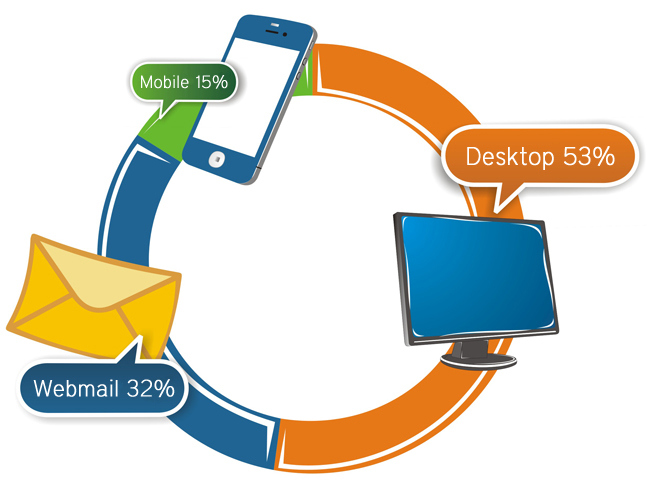Going Paperless is not about you – it’s about the CUSTOMER
I have met with literally hundreds of companies to discuss their strategies for reducing paper mail. I often see a group of executives sitting around a table discussing how THEY would go paperless. A huge mistake, as the paperless process is ultimately in the hands of the customers, not the biller. With vested interest in eBilling and deeper knowledge of the benefits, the people behind these initiatives are generally willing to go to more effort to turn off paper (if you’re reading this blog post, you probably fall into this category). What these executives fail to realize however, is that their opinions only represent a tiny fraction of the population, rather than the vast majority of consumers who are not necessarily resistant, just more apathetic.
Ask the audience:
When was the last time you asked your customers what THEY want? Not a 50 question survey, just a 1 question poll in an email or on your website. One of Striata’s telecoms clients polled customers to find out whether they would prefer to log in to the portal, or receive their bill as an email attachment. To their surprise (not ours) 66 percent more customers requested their bill as an encrypted attachment.
Let’s think about bills in iTunes terms:
- CDs are like paper bills;
- Listening to music online is like logging in to a portal to view and pay your bill; and
- Downloading a song (file) to your chosen device is like receiving your bill as a file (attachment) to your PC, tablet, iPhone, Android, Blackberry etc.
Does your distribution model meet consumers where they are?
Music downloads have skyrocketed as technology advancements have made it possible to access all your favorite tunes, from a wide range of sources (like billers) on a single device. And for those that want to, they can burn them to a CD – much the same as printing a copy of their bill. In terms of eBilling, the best way to achieve critical mass is to meet your customers where they are – in their email inbox.
Mobile should be a key part of your strategy. A study by Litmus reports that 15 percent of all emails are read on mobile devices.

One website at a time or downloaded?
Tech savvy consumers who listen to streaming music online are happy to do so when connected to the internet with the required bandwidth. However, in eBilling terms, they would have to go to a different website for each artist (bill) they wanted to listen to. What if music downloads were free (and legal)? How many of these consumers would prefer to have their favorite songs automatically delivered to all of the devices they use regularly – PC during the day, iPhone on the go and tablet when sitting on the couch? I know I would. Bills can be delivered to all of these devices as email attachments, regardless of internet speed.
As for CDs, some people may never want to give them up – just like paper bills. Focus your strategies on the consumers that DO have access to the technologies you’re looking to leverage.
What about the 'Double Dippers'?
According to Javelin Strategy & Research and NACHA, 30 to 40 percent of consumers who receive their financial statements and bills online also receive paper versions. Known as “double dipping”, this trend is essentially costing billers and banks significantly more than the customers that have been on paper from day one. Surprisingly, double dipping exists primarily among Gen Y (18-32 year olds) and Early Adopters. Maybe these are the mobile internet users for whom portals don’t fully satisfy their requirements.
Right strategy, right technology
eBilling and online banking solutions have been around more than a decade, yet for many companies, the strategy hasn’t changed much – “build a portal and they will come”. It’s a bit like the definition of insanity: doing the same thing over and over again and expecting different results.
With Striata’s clients regularly achieving adoption rates 2 to 4 times higher than the industry average, we know a thing or two about getting rid of paper. Interested? Let’s talk .
No comments:
Post a Comment